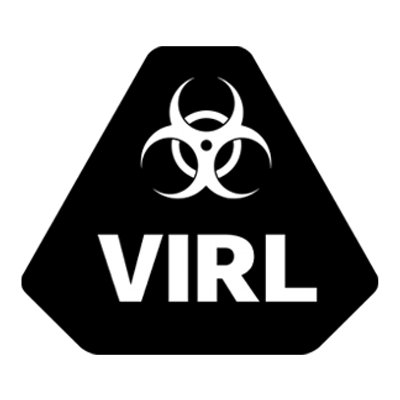Hello everyone. Perhaps you did not have time to attend today, or perhaps you do not even have the time to watch the recording that will be released later in the week. Hey, I cannot blame you. Here are my notes so you know what was covered!
April Release Review
- New Images – IOSv, IOSvL2, NX-OS, ASA
- Autoconfig support for IOSvL2 and ASA
- GraphML support
- Integrated packet capture
- Existing users – Full or Quick Upgrade
- New users – a new OVA is now available
Demo of Quick Upgrade Process
Git
- Share VIRL topologies
- Acquire sample topologies
- Scripts
- https://github.com/virl-open/
- VM Maestro has built in support
- Demo of using Git
Demo of VIRL in Action
- Testing/verifications of designs
- MPLS
- Provisioning script testing
OpenDayLight Support
- SDN platform
VIRL at Cisco Live in San Diego 2015
- Many events happening in the Devnet Zone including a meetup

Hello Anthony,
I heard layer 2 has been added to cisco virl. I have been waiting for this before making purchase. I just want to know if you have tried it out and if it’s enough for CCIE routing and switching preparation.
Thanks
Hi John!
I have indeed tried it out – and I believe it is excellent for CCIE R&S prep.
Keep in mind the 15 device limitation. This causes a problem for students that have some workbook that is using like 30 devices. 🙂
I would recommend you run through topology specific labs with it that would only require like 1 to 8 devices.
Okay.. What about virl to practice the technologies and rack rentals for workbooks?
PERFECT!
Just be sure you are looking over the system requirements VERY carefully for VIRL.
Hi Anthony, what are the system requirements for VIRL. I’m going to purchase new system for VIRL and vmware vsphere. What will you suggest. Thanks
Hi Pardeep – here is information I got for you from the VIRL support forum – read closely. – VIRL Personal Edition is capped at a maximum of 15 Cisco VMs. You can run more non-Cisco VMs, assuming that you have sufficient memory and CPU.
The vCPU and memory requirements for each VM type can be seen via VM Maestro by selecting a node on your canvas, opening the ‘properties’ panel and pressing the ‘Browse’ button under ‘Node/VM Flavor’.
Here’s the summary:
IOSv = 1vCPU, 512Mb
IOS XRv = 1vCPU, 1536Mb
CSR1000v = 1vCPU, 3096Mb
NXOSv = 1vCPU, 2048Mb
Now, bear in mind that memory usage is not linear in all cases. If you have a topology with 4 VMs and each is different VM subtype (IOSv, IOS XRv, CSR1000v, NXOSv) then you will need to have sufficient memory to host each of these as there is no memory page sharing possible. The best utilization is if your topology only uses one subtype – just IOSv, for example – as this gives the system the best memory page sharing.
As a guide, an VIRL server with 4vCPUs & 8Gb RAM can run ~6-8 IOSv instances, or 3-4 IOS XRv instances, or 2 CSR1000v instances or 3 NXOSv instances.
The VIRL system will prevent you from starting a simulation which is outside the capacity of your VIRL server.
Can I practice for CCNP DC (Nexus L2 Switching part) using latest version of VIRL?
Layer 2 now features FabricPath on the Nexus – that is about it for major Layer 2 features. It is still mainly a Layer 3 simulation.